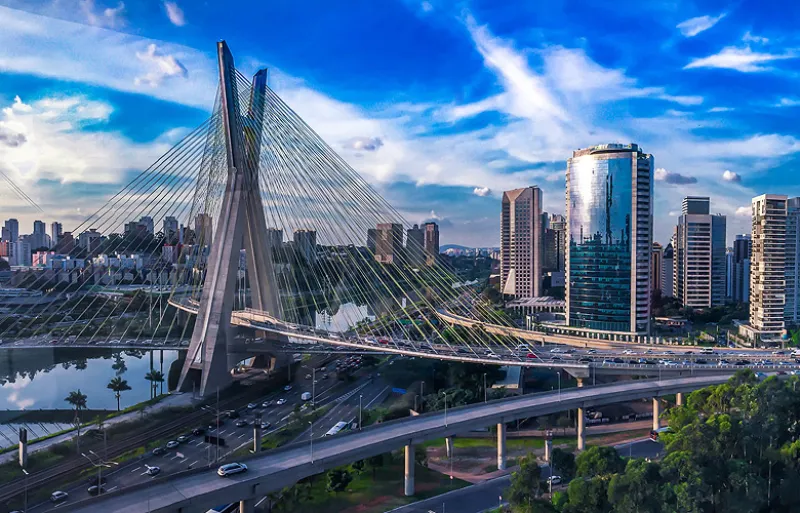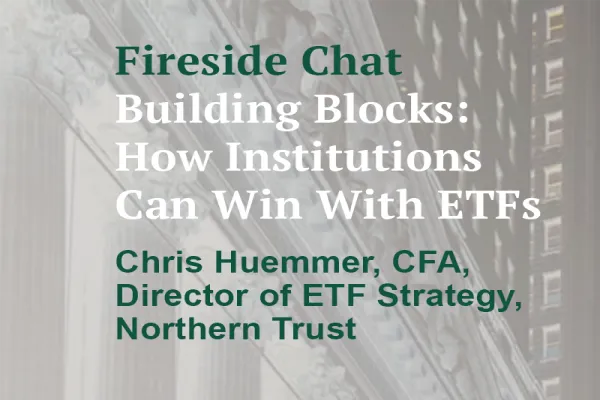Large investors like pension plans, sovereign wealth funds and insurance companies have largely avoided infrastructure assets in emerging markets, according to the World Bank Group.
The Washington-based bank said in a March 15 report that institutional investors accounted for just 0.67 percent of private financing for infrastructure projects in low- and middle-income countries from 2011 through the first half of last year. A total 25 institutional investors funded 41 infrastructure projects during the 78-month period, with 15 investing in equity, nine in debt, and one providing financing in both areas.
According to the World Bank, institutional investors have been discouraged from funding emerging markets infrastructure because of the low number of "bankable" projects, as well as the high risk and low returns associated with investing in developing countries. When they were willing to take the risk, they tended to choose projects in the energy sector, as opposed to transportation, water, or information and communications technology.
Old Mutual, an asset manager and insurance company based in South Africa, was the most frequent investor in infrastructure projects, having provided equity to ten projects throughout Ghana, Mozambique, Nigeria, and South Africa. The firm also provided $70 million of debt financing for South African projects.
Other prominent investors included Brazil's Salus Fundos de Investimento em Participações, which contributed equity to seven domestic projects, and the Macquarie Group, which invested in projects in the Philippines, Mexico, Ghana, Nigeria, and South Africa.
Sub-Saharan Africa had the largest number of institutional investor contributions, followed by Latin America and the Caribbean.
[II Deep Dive: U.S. Infrastructure Investors ‘Energized’ as Trump Calls for Private Funding]
While institutional investors typically prefer projects that entail renovating existing infrastructure assets, according to the World Bank, the report showed they gravitated toward greenfield, or new, projects in the energy sector. This is because construction periods for these assets are "very short," spanning from 18 to 36 months, according to the report.
In the transport sector, where construction takes "much longer," infrastructure investors preferred brownfield projects, where "certainty of revenue streams and stability of the regulatory environment are already established, and the 'carrying costs' arising from a gradual draw-down of the debt portion during the construction period can be avoided," the report stated.







